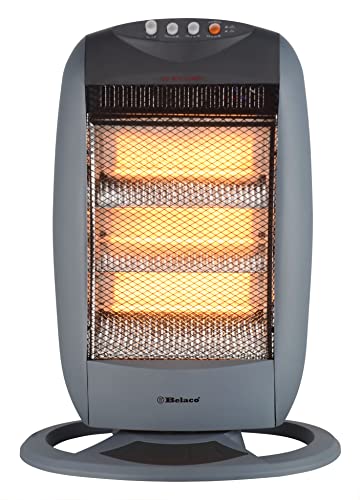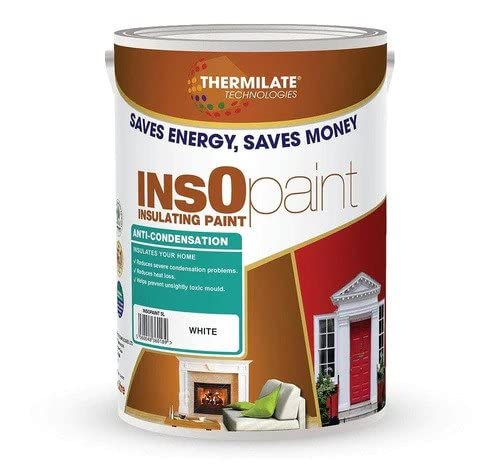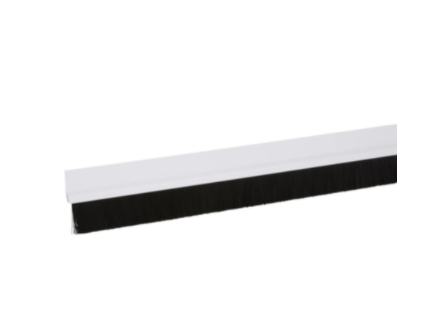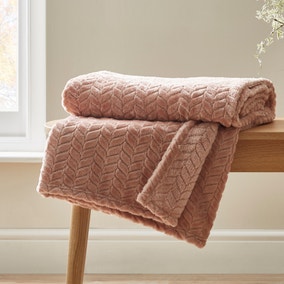How to keep your house warm in winter — 29 budget-friendly and easy ways to stay cosy
Keep toasty this season without upping those energy bills

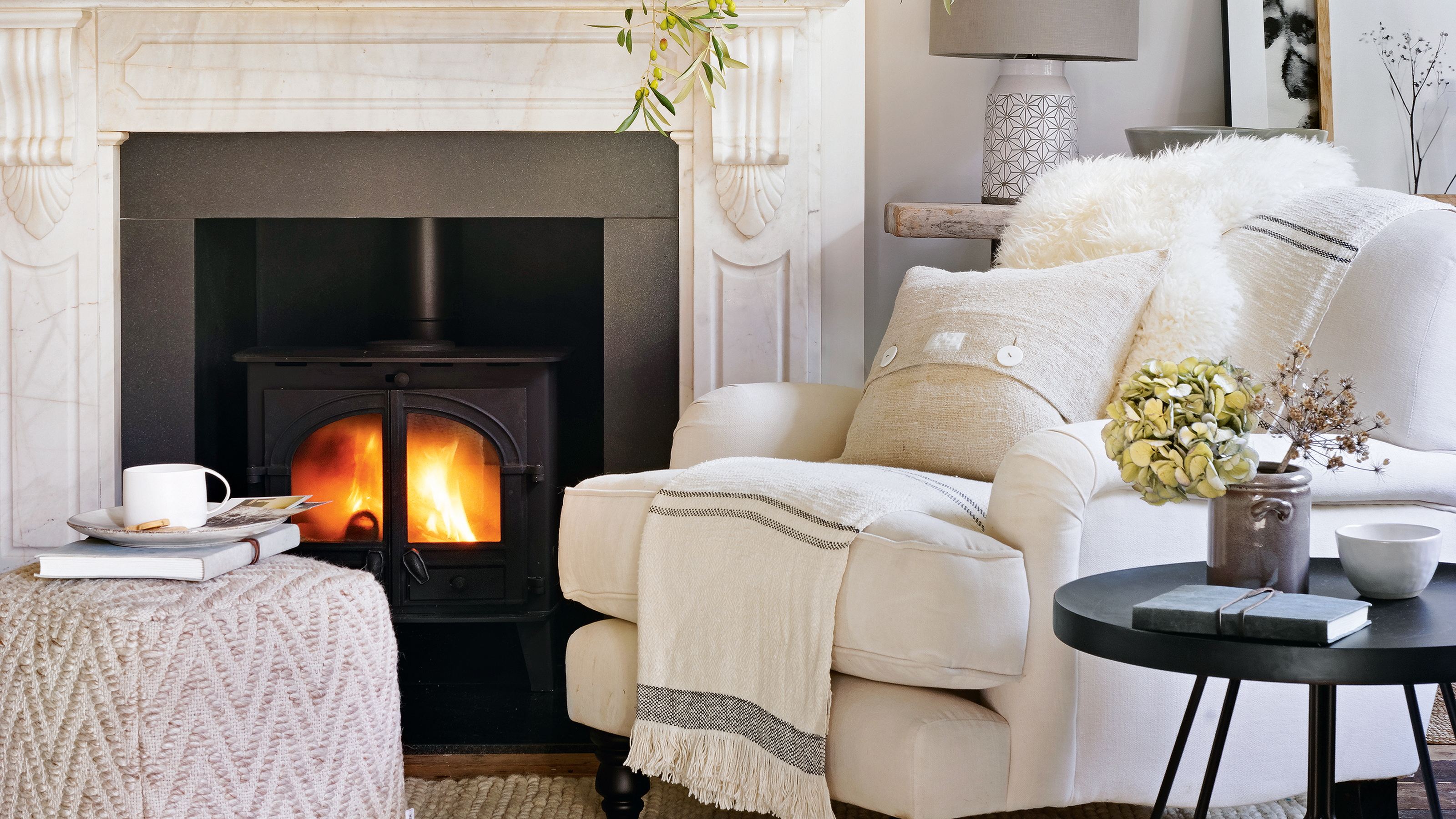
Knowing how to keep your house warm in winter doesn't have to break the bank. There are so many ways to warm up your house that go beyond whacking the central heating on, which we all know isn't the best option when we're trying to save energy.
Whether or not you've already invested in one of the best electric heaters or the best oil-filled radiators, there are a surprising number of other things you can be doing that will help take the chill away from cold mornings, without costing you a fortune in the process.
With the help of industry experts, we’ve outlined 29 ways to keep your house warm this winter. From updating your thermostat to keeping curtains open until 3pm, there's an abundance of tips you can start actioning now.
How to keep your house warm in winter
Whether you're looking for ways to stop draughts from doors or wondering how to fill your floorboards, we've picked out the best tips that will cover everything you can do to keep your house warm in winter while keeping your energy bills as low as possible.
Of course, many of the options on this list do require some upfront costs that may sound counterintuitive. But rest assured that these upfront costs will definitely save you money in the long run while keeping you toasty throughout the winter.
1. Use electric heating to heat smaller areas
A great hack for keeping your house warm in winter, without breaking the bank, is to use plug-in electric heaters if you only need to heat a specific area. This is much more cost-effective than turning the central heating on and isolating specific radiators.
'If you're staying in one place (sitting on the sofa, resting in bed, working from home), and you want to heat yourself up for just a small amount of time, electric heating methods such as fan heaters are great, quick options,' Nicholas Trade, heating and energy expert at Trade Radiators says
Sign up to our newsletter for style inspiration, real homes, project and garden advice and shopping know-how
Halogen heaters are the cheapest electric heaters to run, so investing in one of these is a fantastic way to heat your home efficiently this winter.
2. Install thermal door curtains
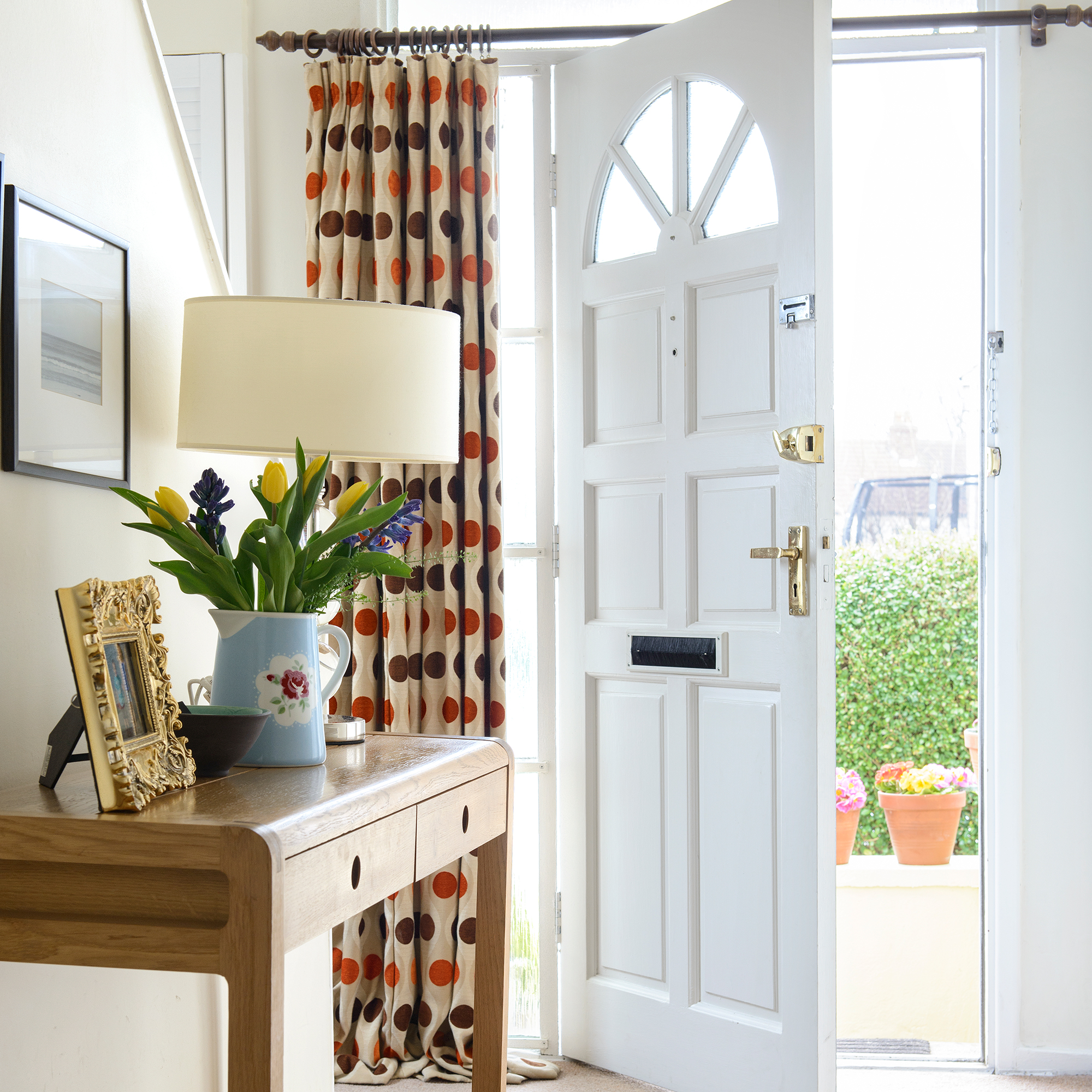
Sure, we all invest in beautiful window treatment ideas, but have you ever though to add a curtain to your door? Aside from being a pretty addition to a room, this can significantly help with heat retention - especially if you invest in thermal door curtains.
'Thick, thermal-lined curtains over doors – or between rooms – can make a world of difference,' Gordon Wallis, energy expert at Your NRG says. 'They help block draughts and keep the warmth where it belongs. They’re especially handy if you’ve got older doors, a draughty hallway, or an open-plan space that’s tricky to keep warm.'
We love the Hillarys thermal door curtain range, which are made to measure and come in an array of lovely designs. But any door curtain will help make a room feel warmer.
3. Use reflective insulating paint
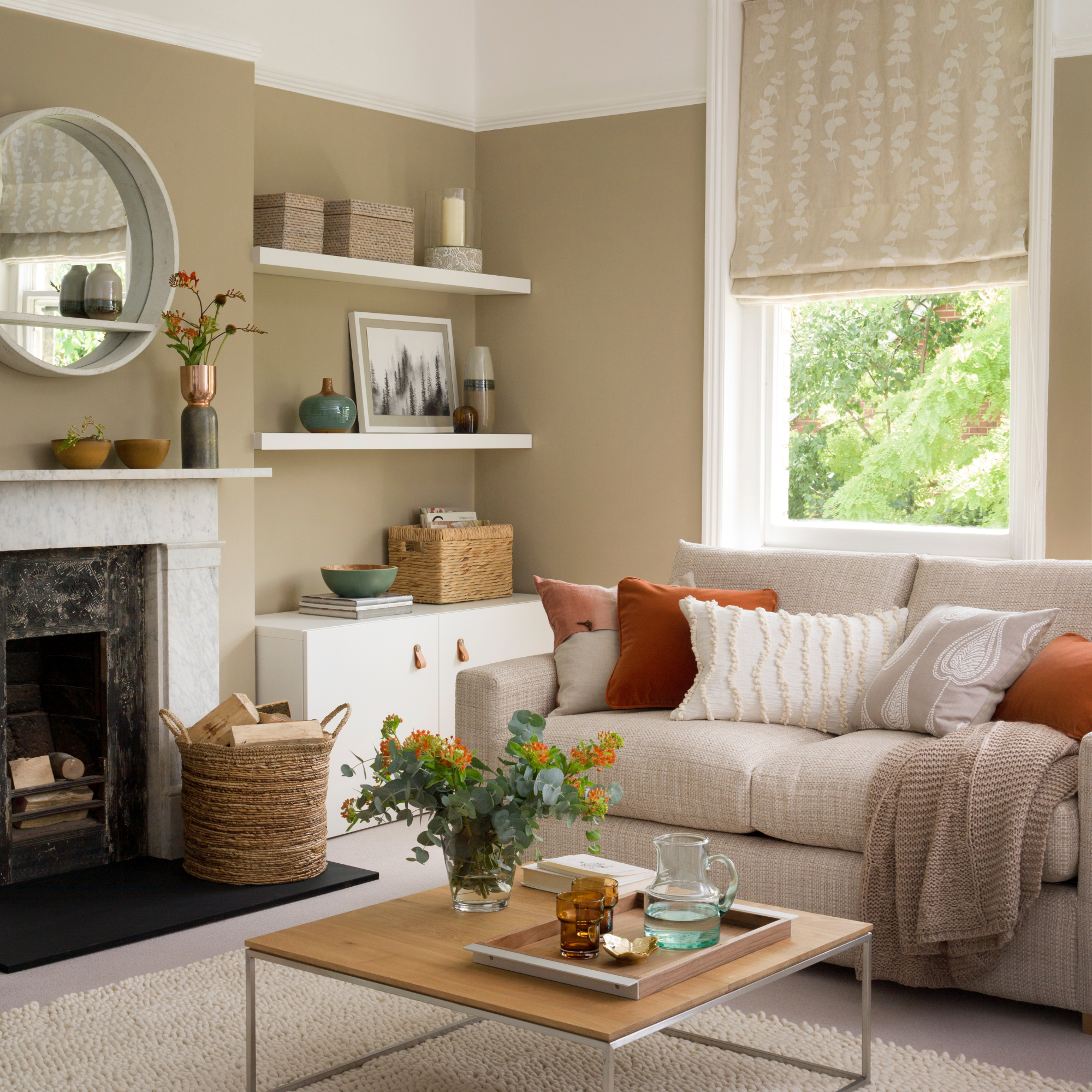
A lot of heat is lost through walls, which is why there are specific paints available that can help prevent heat loss. Repainting your walls with a reflective insulating paint can definitely make a difference to how warm your home feels.
'Certain paints contain insulating properties that help keep the heat from escaping through external walls – especially in older homes,' Gordon explains. 'It’s a simple, often overlooked way to make your home feel warmer in winter.'
4. Update your thermostat
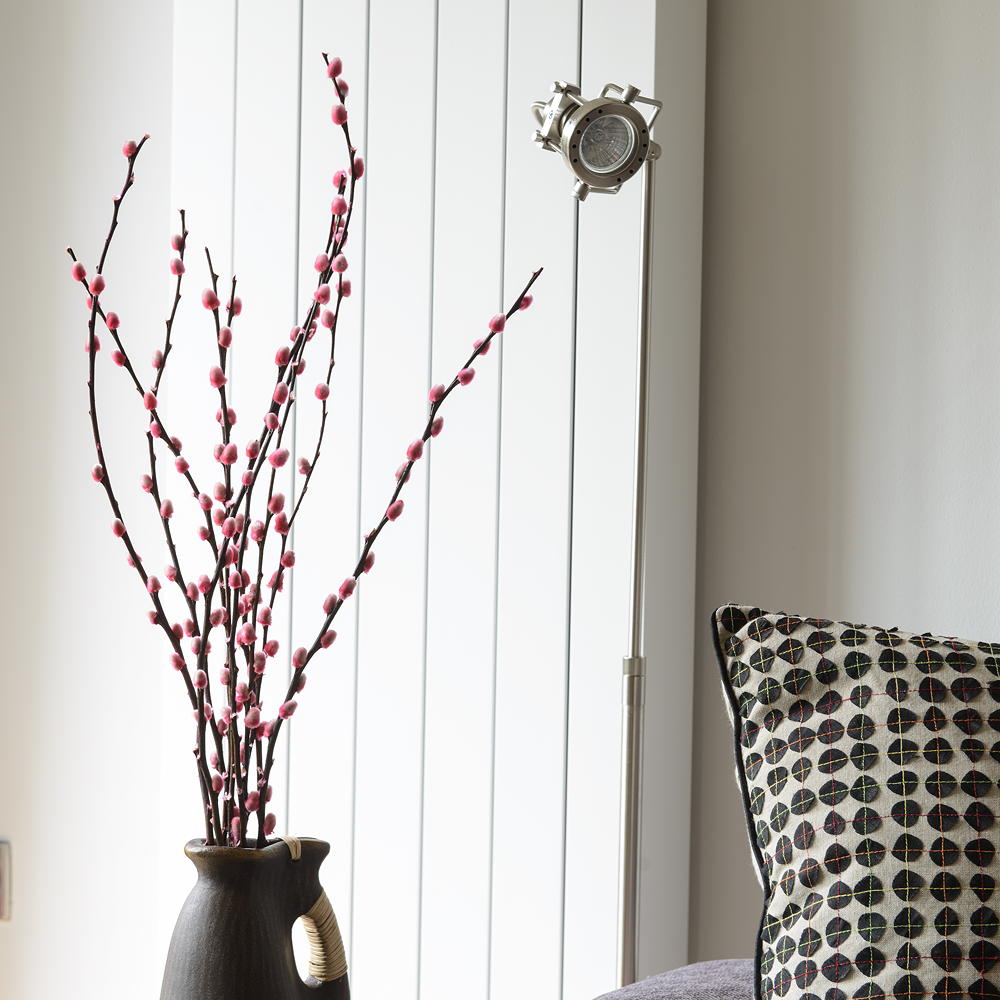
A thermostat controls your home’s temperature by communicating with your boiler. 'Thermostats, particularly in older homes with older heating systems, can degrade over time,' warns Jordan Chance, heating expert from PlumbNation. 'Such degradation can lead to delays in your boiler switching on, or your home being heated at much higher temperatures than required.'
'Upgrading your thermostat could provide far greater accuracy in thermostat to boiler communication, preventing energy from being wasted, and saving you money.'
'Using a thermostat with a timer offers a simple and speedy solution to controlling your heating effectively,' Jordan explains. There is a smart home trend for modern-day thermostats can be controlled from your mobile, to ensure your home is nice and warm when you arrive home. Some of them are built to be energy-saving, so will automatically turn down when you're out of the house.
These app-controlled thermostats could be well worth the investment, as you can easily monitor how much energy you're using and save yourself money in the long run.

Jordan has worked as a plumbing category manager and heating expert for over 6 years with Plumb Nation and City Plumbing.
5. Make use of your heating timer
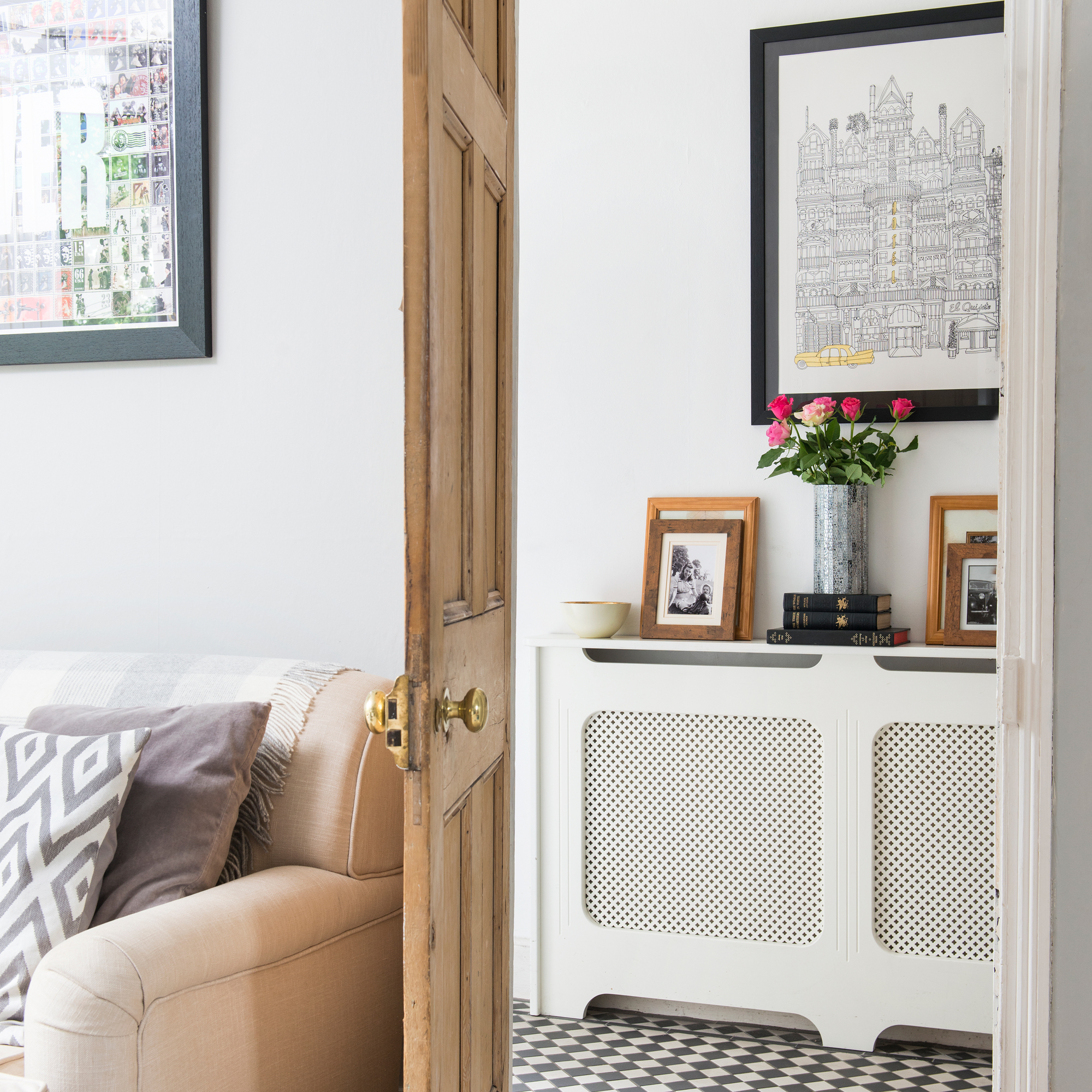
Darren Pelusi, Sales Manager at Viola Homes recommends setting the time on your boiler to come on half an hour before you wake up, so your house is nice and toasty by the time you get out of bed.
'You could also time the heating to come on when you’re arriving home', he suggests. 'This prevents your heating from being on full blast when you switch it on and helps you cut down on overall heating costs.'
6. Get your boiler serviced
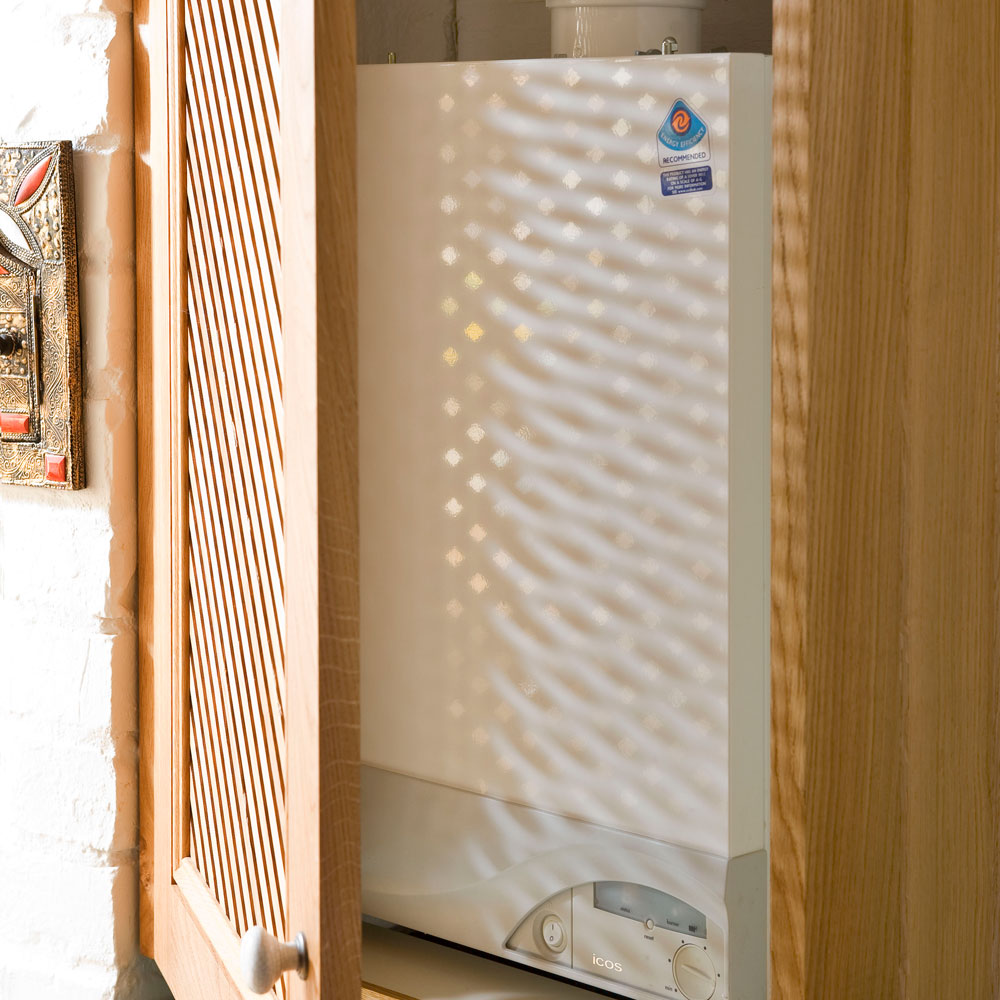
Ensure your boiler is up for the demands of a cold winter by having it serviced regularly. 'If your boiler is ageing and has seen better days, there’s a strong chance it won’t be working as efficiently as it once was,' advises heating expert Jordan.
'Defective boilers can increase your heating bill massively as they will need to work significantly harder to bring your home up to the desired temperature. We recommend that you get your boiler serviced every 12 months (preferably before the winter season), to ensure that your boiler is running efficiently and safely.'
A new boiler is a big upfront cost, but it is probably the most important element needed for how to keep your house warm in winter and will definitely help prevent your energy bills from rocketing during the colder months.
7. Consider your blinds
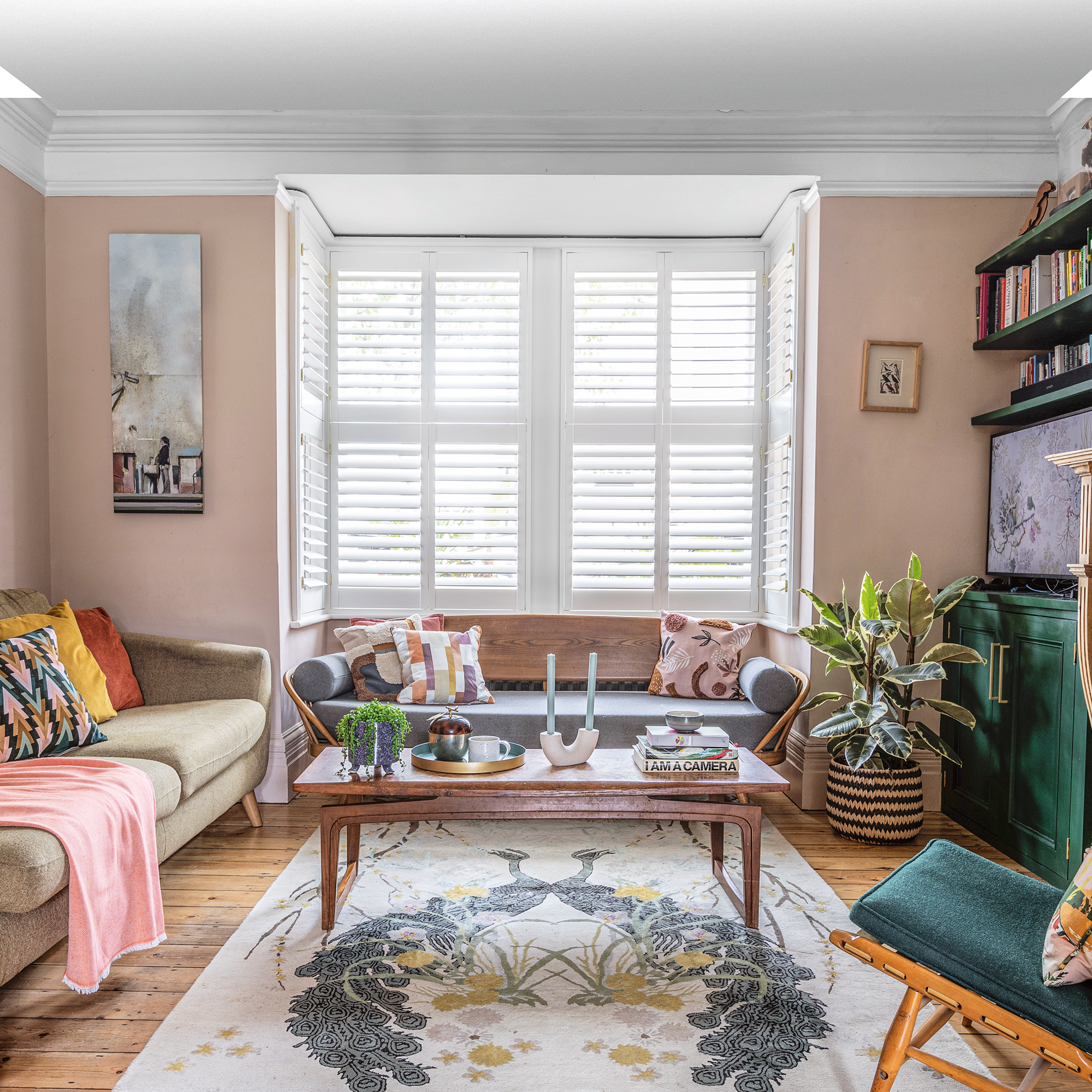
Installing the right blinds can help with how to keep your house warm in winter, thanks to how window dressings can prevent heat loss. Blinds2Go collated research recently using data collected by Historic England, shutters and reflective roller blinds are best at minimising this heat loss.
'However, the reduction in heat loss for all types of blinds using this data was an average of 49%, nearly half,' notes Leah Brandwood, designer from Blinds2Go. 'This means that for the average British family the savings from installing energy efficient blind, could be quite significant. Merely upgrading plain roller blinds to reflective ones could save you around £13.30 extra a month.'
8. Use heavyweight curtains

Thermal-lined curtains can help you keep the cold out more effectively, especially if you have single-glazed windows. If thermal curtains aren't within your budget, at the very least make sure your curtains are lined. The thicker the better, generally, and blackout curtains always do a great job of concealing heat. This curtain idea is genius and should really make a difference on cold mornings when your heating might have been switched off overnight.
'Keeping your curtains closed, or investing in a thermal curtain lining can likewise help to prevent warm air from escaping - this trick alone can reduce heat loss by up to 25 per cent,' says heating expert Jordan.

Available in a range of colours, these curtains aren't just thermal but they're also blackout and they are made from recycled polyester. You can use them year-round since they're temperature regulating, and they come in several sizes to fit your windows perfectly.
9. Keep curtains open until 3pm
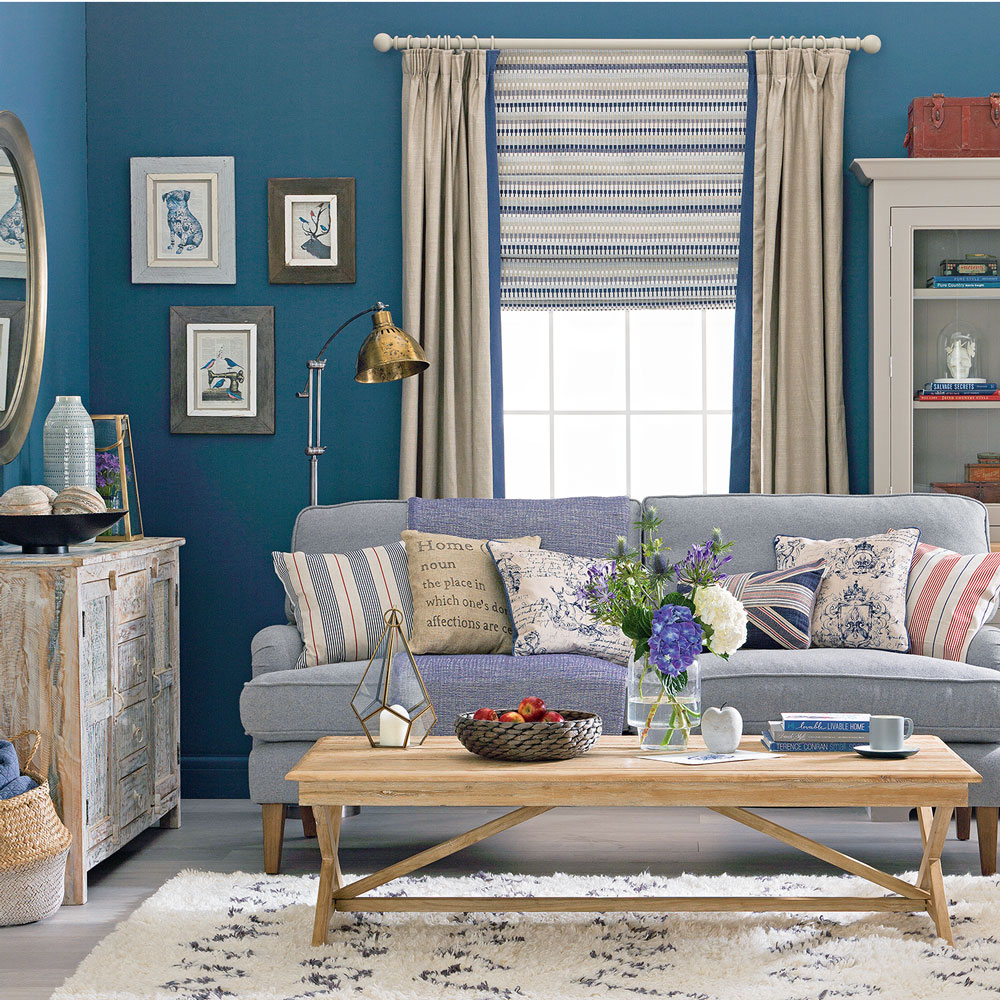
While keeping your curtains closed will keep the heat in at night, keep them open during the day. Any sunlight will naturally heat up the room, which will help when you finally draw the curtains as the chilly night sets in.
The sun usually sets at around 4 pm in the height of winter, so to make the most of the natural warmth keep your curtains open until around 3pm.
10. Look to LVT flooring
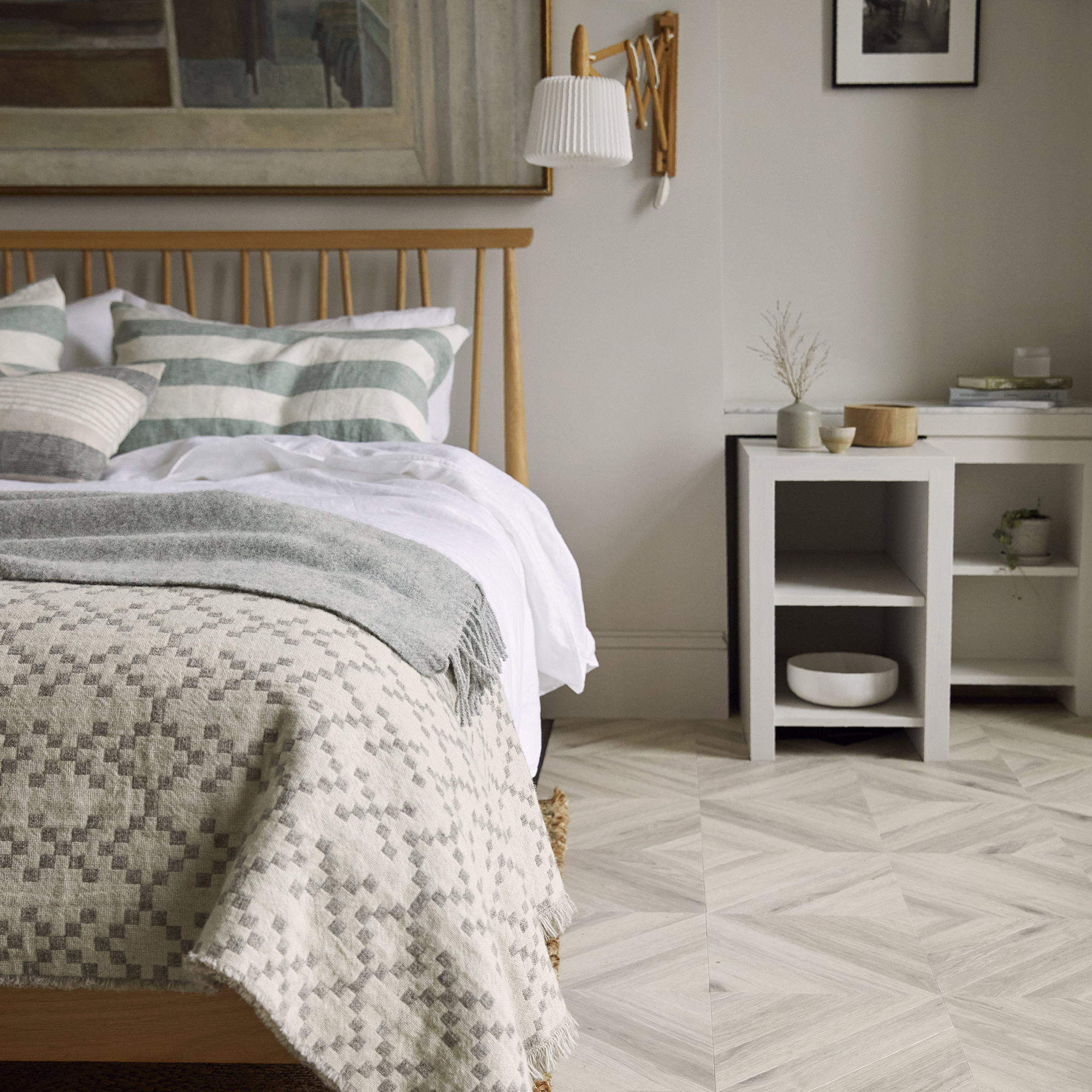
Luxury vinyl tiles (LVT) can help to keep your home feeling cosy by adding warmth underfoot. "Compatible with underfloor heating up to 27˚C, our LVT offers a comfortable underfoot experience,' explains Lorna Williams, head of product design at Amtico.
'Unlike natural stones, LVT is always warm underfoot ensuring a pleasant and inviting feel underfoot, making it an ideal flooring choice for cosy and comfortable living spaces.'
11. Before laying a carpet, fit underlay
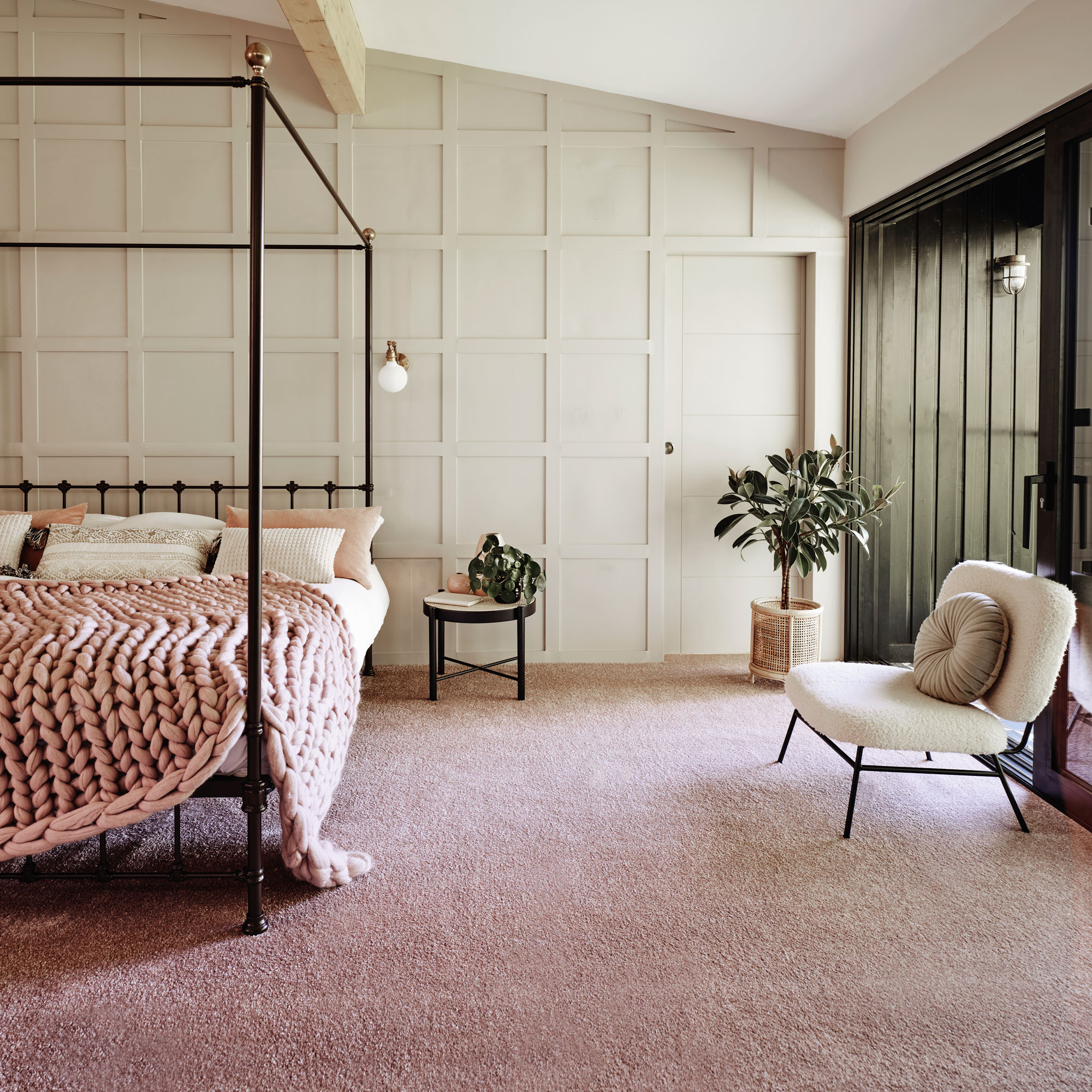
The carpet and underlay for flooring that you choose can also make a big difference on your home’s insulation and therefore how to keep your house warm in winter. According to the experts at Carpetright, getting the right underlay for flooring can save you as much as 15 per cent off your energy bills.
Jemma Dayman, Carpet Buyer for Carpetright tells us, 'Underlay is often overlooked, but it's a really important element of the carpet-buying process. Not only does it insulate, it also provides cushioning, acts as a shock absorber protecting the actual floor itself, and as a sound barrier between floors.'
12. Draught-proof your windows
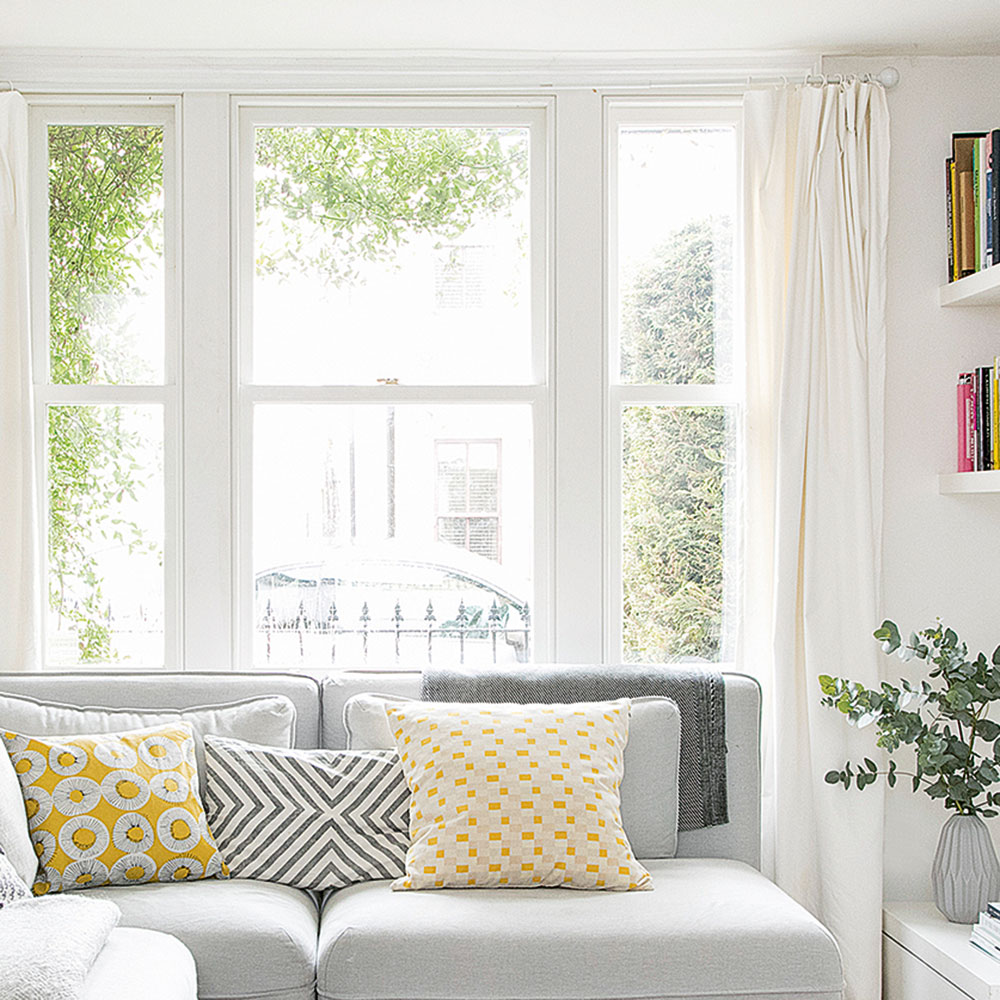
In addition to knowing how to insulate your home, draught-proofing windows is a simple, worthwhile DIY task. All you need to do is apply self-adhesive foam tape to a window frame (or ask a local handyman to do the job). Draughts also occur in cracks between the window frames and the surrounding walls – it’s worth considering using sealant or putty in these.
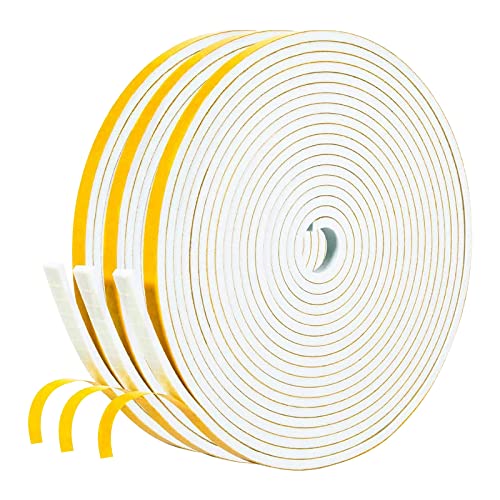
This easy to apply tape should stop any draughts coming through your windows, concealing the heat inside your home a little more. This way, you shouldn't have to turn on your heating as much (or as high) plus it's easy to take off if you're a renter, or when it comes to summertime and you welcome the draught with your arms wide open and your fan on high.
13. Insulate doors
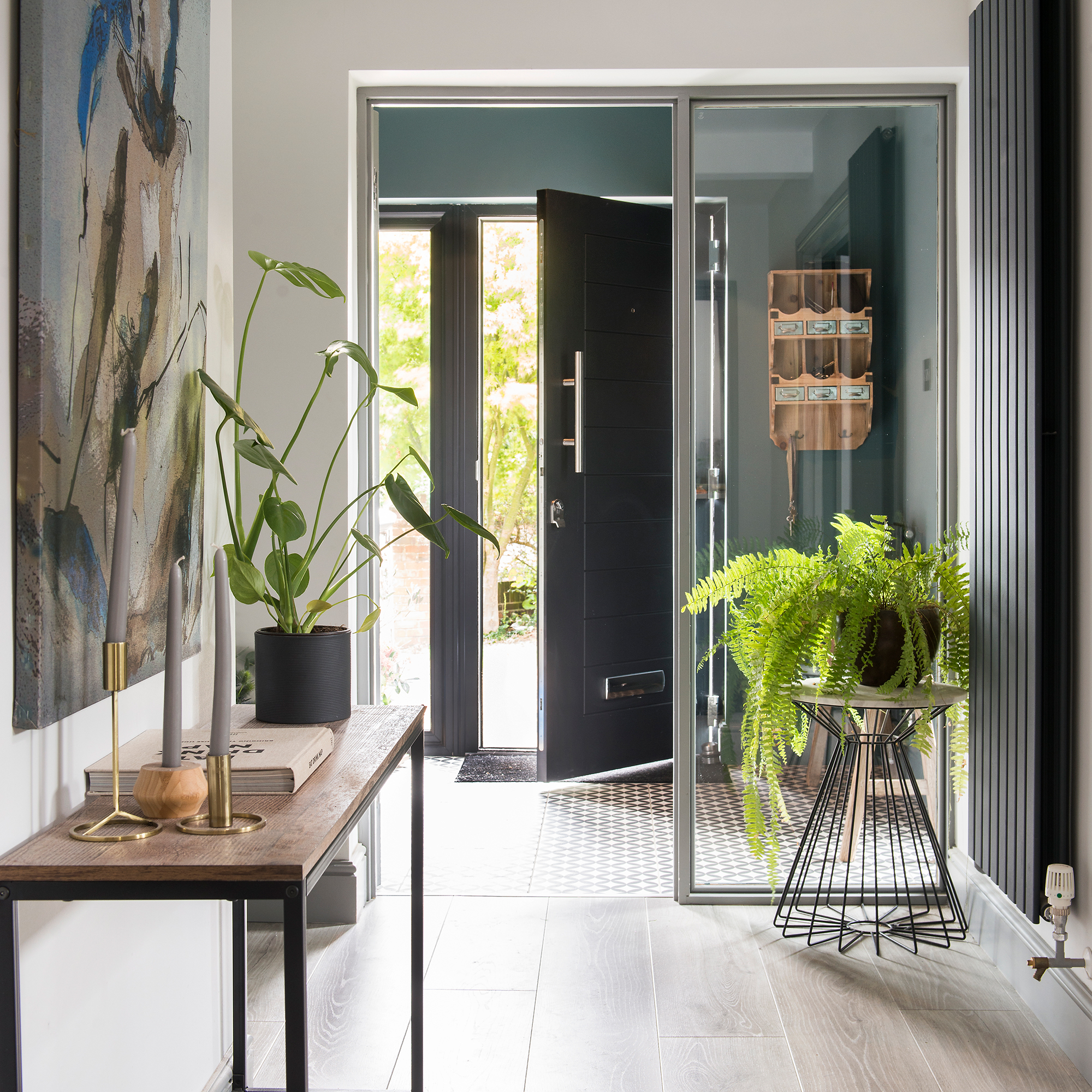
Whether your door is old or new, it could still benefit from fitting draught-proofing strips between the door and the frame. This can work for both internal and external doors. For gaps between the bottom of the door and the floor, you can buy a special 'brush' or hinged-flap draught excluder. A simple plush excluder can also be placed in front of the door to reduce breeze between rooms, or you could even go for a fun novelty design.
14. Fill the floorboards
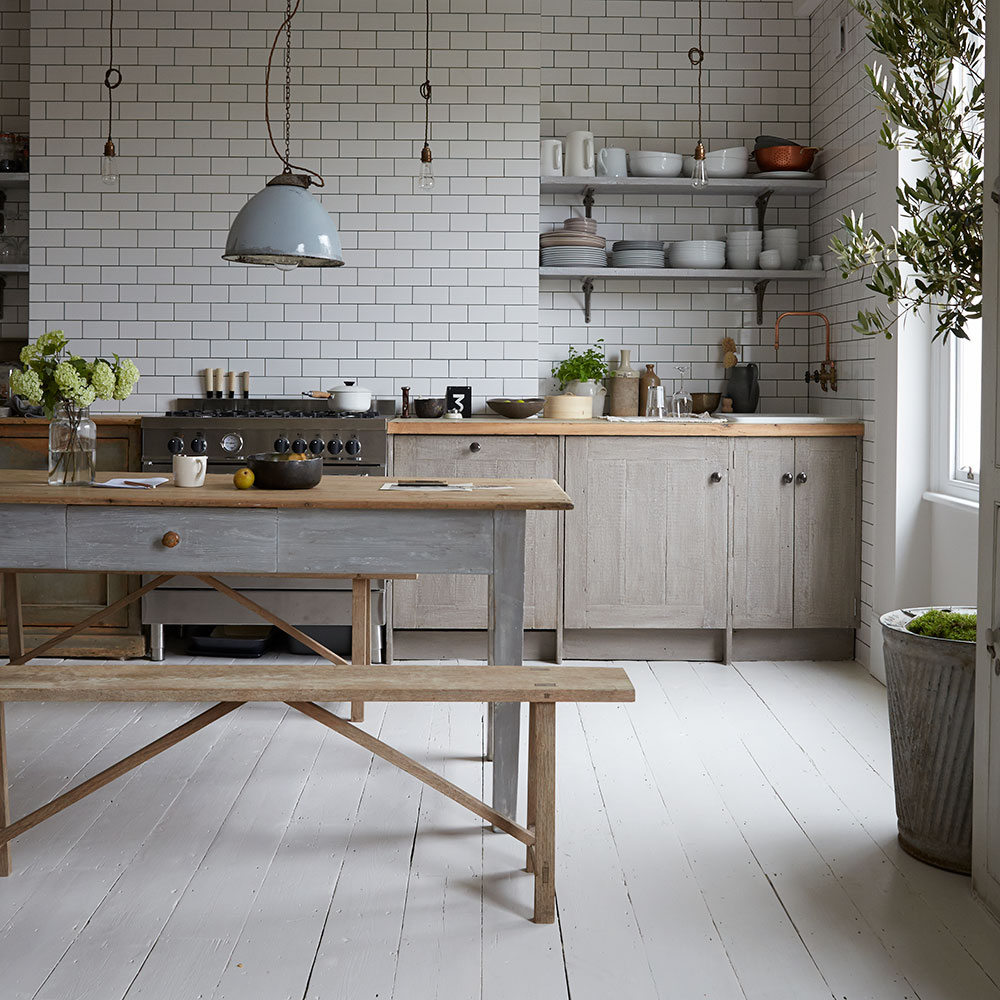
Stripped floorboards look fantastic, but the small gaps between the boards can really let cold air in. Try using a filler to prevent draughts sweeping in through the gaps.
We highly recommend Draughtex Floorboard Gap Filler from Amazon. It's a rubber-like material that is easily pushed between the boards to seal the gaps. It comes with a handy roller tool to make the job super easy, and it comes in various widths to cater for different floors.

Gappy floorboards? A roll of this stuff can save you up to £40/year in each room, just from blocking the cold air out of your home, once and for all. It's super flexible to use and you can do it yourself so no need to hire someone to help. An applicator comes included in the price, as does a total of 40 metres of this stuff. A total bargain that you definitely won't regret.
15. Layer floors with rugs

If you're looking for a quick-fix solution for how to keep your house warm in winter and don't have time to seal your boards, find a rug or two and pop those on the floor. It's on-trend to layer up your best rugs, so you won't have to find one huge design to cover a larger surface, and your home will feel instantly warmer and cosier.
Wool is a natural insulator, so a rug in this material is ideal. 'Part of wool’s insulating property is the ability to balance humidity in a room as the fibres absorb and release water vapour', explains Julian Downes, Managing Director at Fibre.
16. Take care of your radiators
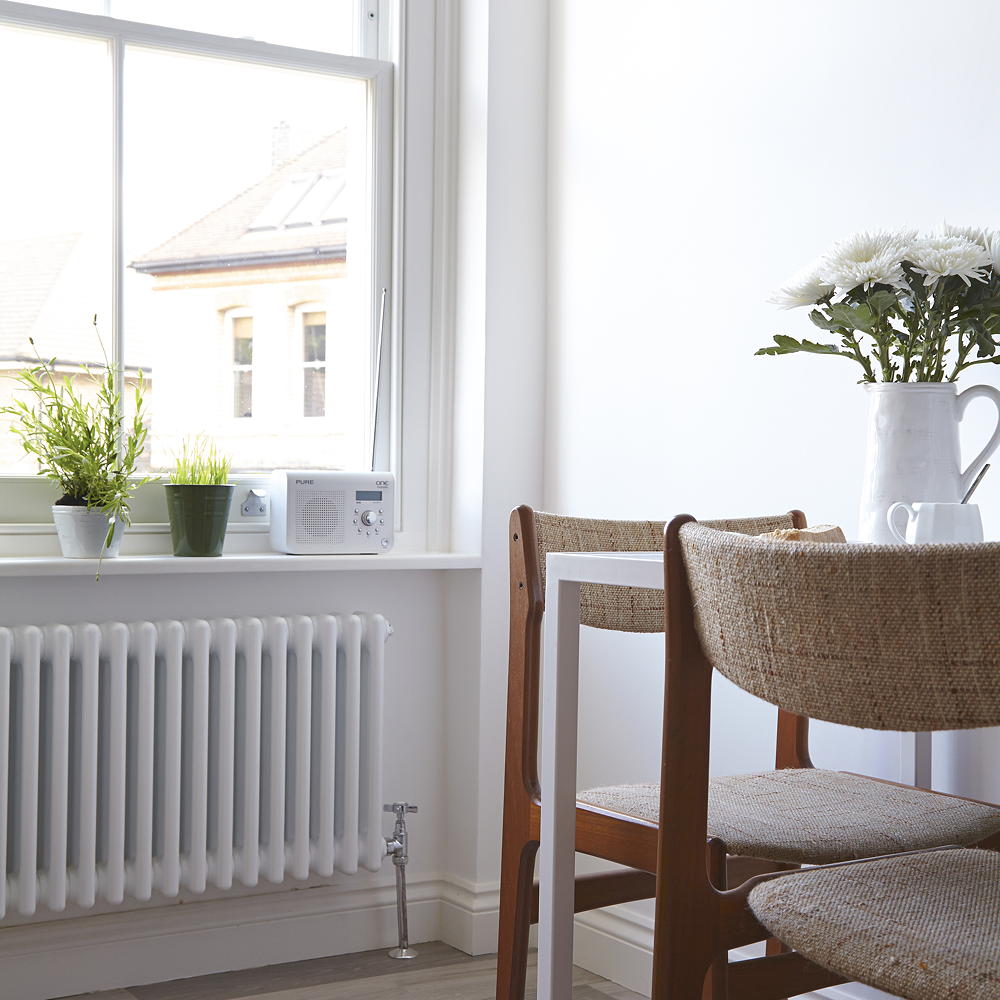
Ensure your radiators are working to their full potential by bleeding them, to make sure no air is trapped, which will hinder their heating performance. It isn't tricky learning how to bleed a radiator and is definitely something that should be on your winter to-do list.
Of course, if this doesn’t do the trick and your radiator is making bizarre sounds, then you might want to check our guide on how to fix a noisy radiator.
And when you’ve done that, make sure you give yourself time to balance your radiators. This household task may not be the easiest job on your to-do list, but it can make a huge difference to how the heat is distributed in your home and can even help you slash your energy bills.
Nicholas from Trade Radiators explains, ‘If your radiators are unbalanced, they will heat up at different speeds in different areas of your home. This means that certain parts of your home will take longer to warm up, and especially during cold winter months, this can be frustrating.’
17. Check your TVRs

TRVs are the valves on your radiators which have the numbers on them and are used to control the hot water flowing into your radiator and in turn the radiator's temperature. If they are all set to 2 or below you’ll have a hard time feeling the benefits of your heating being on and it’ll take much longer for your home to warm up.
'We always advise our customers to set the downstairs TRVs to 5, and upstairs to 2 or 3, allowing some of the heat from downstairs to rise and heat both upstairs too', says Rebecca Lacey, co-owner of Lacey Plumbing and Heating.
18. Rearrange the furniture
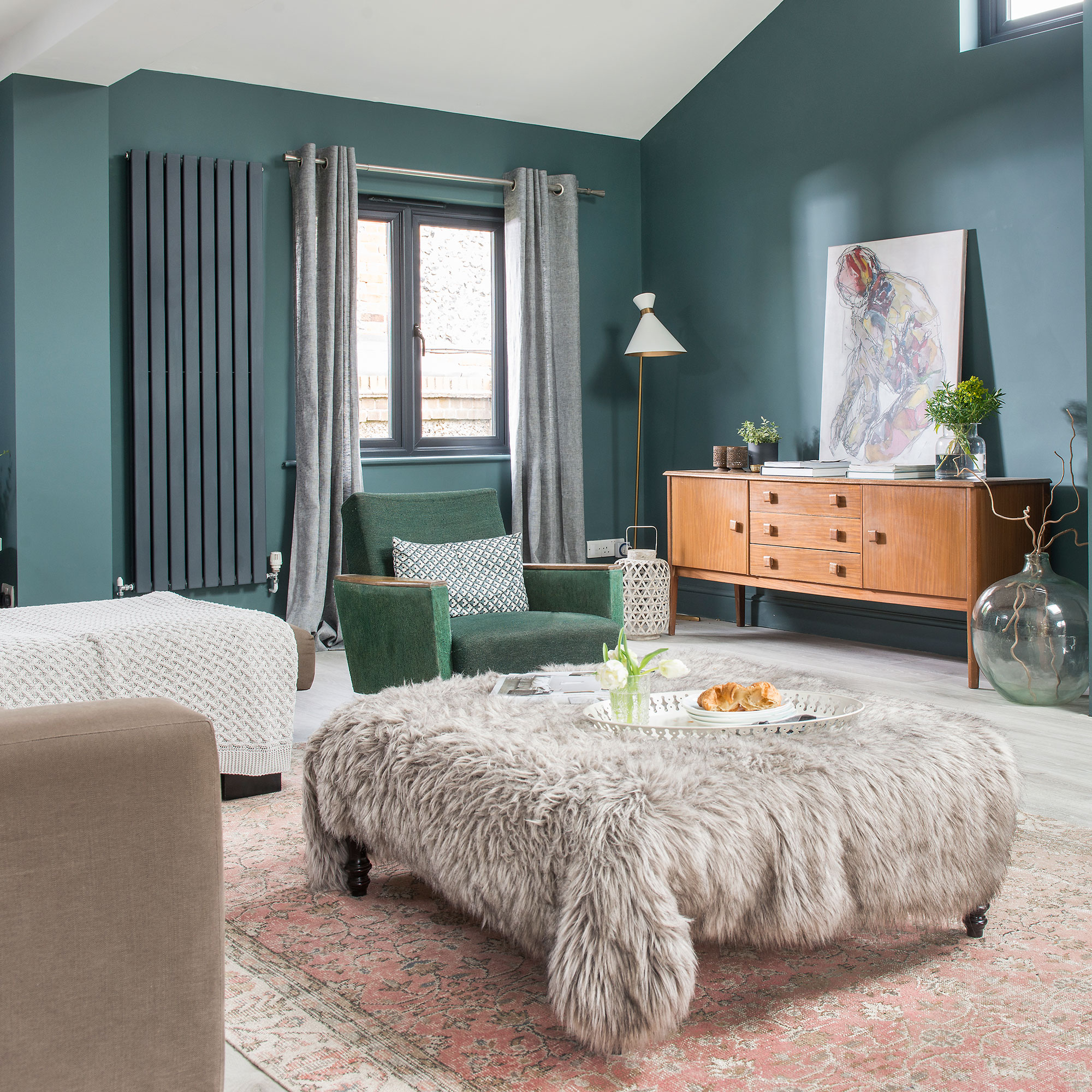
'Obstructing your radiators with sofas or beds can massively impact the temperature of your room, so it might be time to shuffle your furniture around,' explains Jo Winston from St. Modwen Homes. 'Make sure you keep any radiators unblocked and organise your furniture so the room is open and easy to heat.'
The trick is to place major pieces of furniture such as the bed, sofa and desks close enough to radiators to feel the benefits of the heat, but with enough space for it to circulate. Keep them away from windows and doors so you don't feel the draught when using them.
19. Insulate the loft

If your loft isn't insulated yet, you could be losing up to a quarter of the heat in your home through the roof. It's a bit like going out in the snow without a woolly hat! Insulating the loft, attic or flat roof is a simple and effective way to reduce that heat loss and slash those pesky heating bills.
Loft insulation is effective for at least 40 years and it should pay for itself many times over, so it's definitely worth considering the investment if you want to discover how to keep your house warm in winter.
Dean Taylor, founder of The Loft Boys, explains, 'Many people aren't even aware of how much insulation they have, or how it should be laid. Many companies offer free no obligation surveys to ascertain this information on your behalf.'
He also says that for the best insulation possible, 'The base layer must be installed between the joists, running in line with them. The second layer (if one is present) must be installed at a right angle, or perpendicular, to the base layer so as to prevent thermal bridging through the joists.'
20. Draught-proof loft hatches
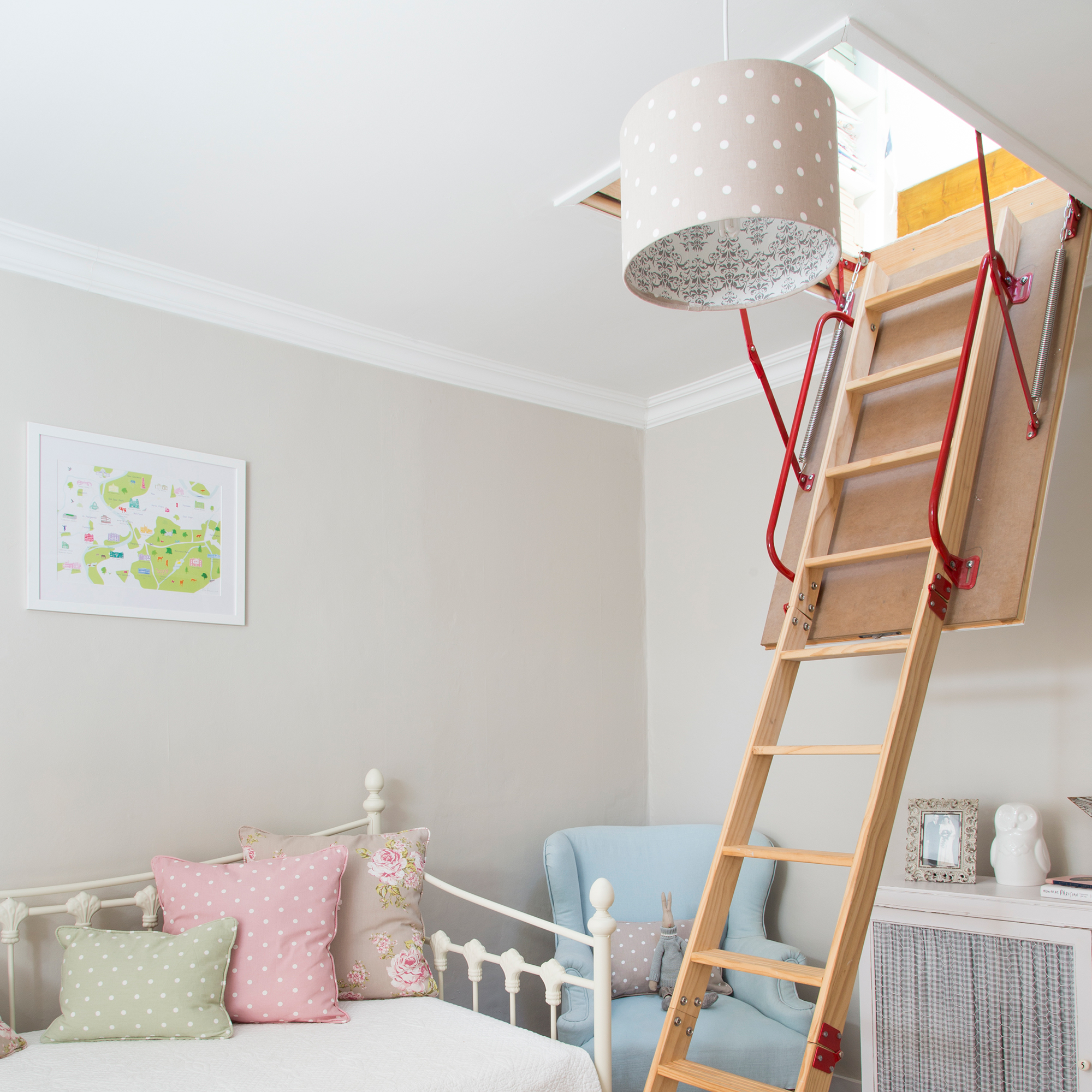
While you're there, try installing draught strips around the frame to your loft hatch. When it comes to insulating a loft hatch, the door itself can also be insulated, usually with a polystyrene slab on the upper side.
However, how this is applied depends on the type of door you have. Dean Taylor explains, 'If you’ve got the type of hatch that rests on the frame surrounding, and swings into your loft, then a compression seal or foam strip can be applied around the edge of that frame. The strips would be facing upwards into the loft.'
'If you have a hinged hatch that swings downwards but rests against a post within the hatch casing/frame when shut then you’d apply the strip around that post. So the strips would be facing downwards.'
'If you have a hinged loft hatch that doesn’t rest on a post then you’ll need to apply the foam strips to both the hatch surround and inside of the hatch frame so that the two strips meet and squash together a tiny bit.'
21. Seal the skirting boards
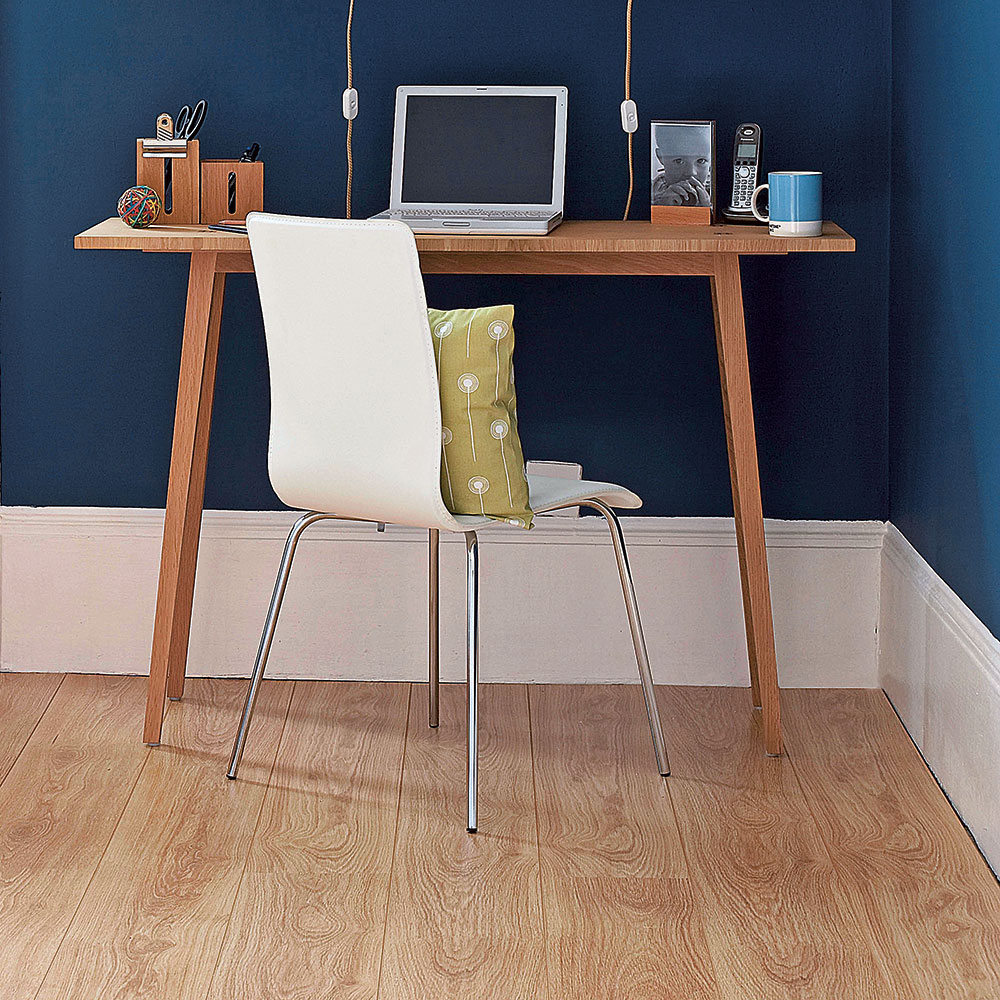
'It may seem like a small change, but using sealant to fill the gaps between the top and bottom of your skirting boards can really make a difference,' says Claire Osborne, energy expert at uSwitch.
Your house will retain heat better if your skirting boards are nice and secure, so if they're really old and worn, it might be worth considering getting them refitted.
22. Close all the doors (and windows)
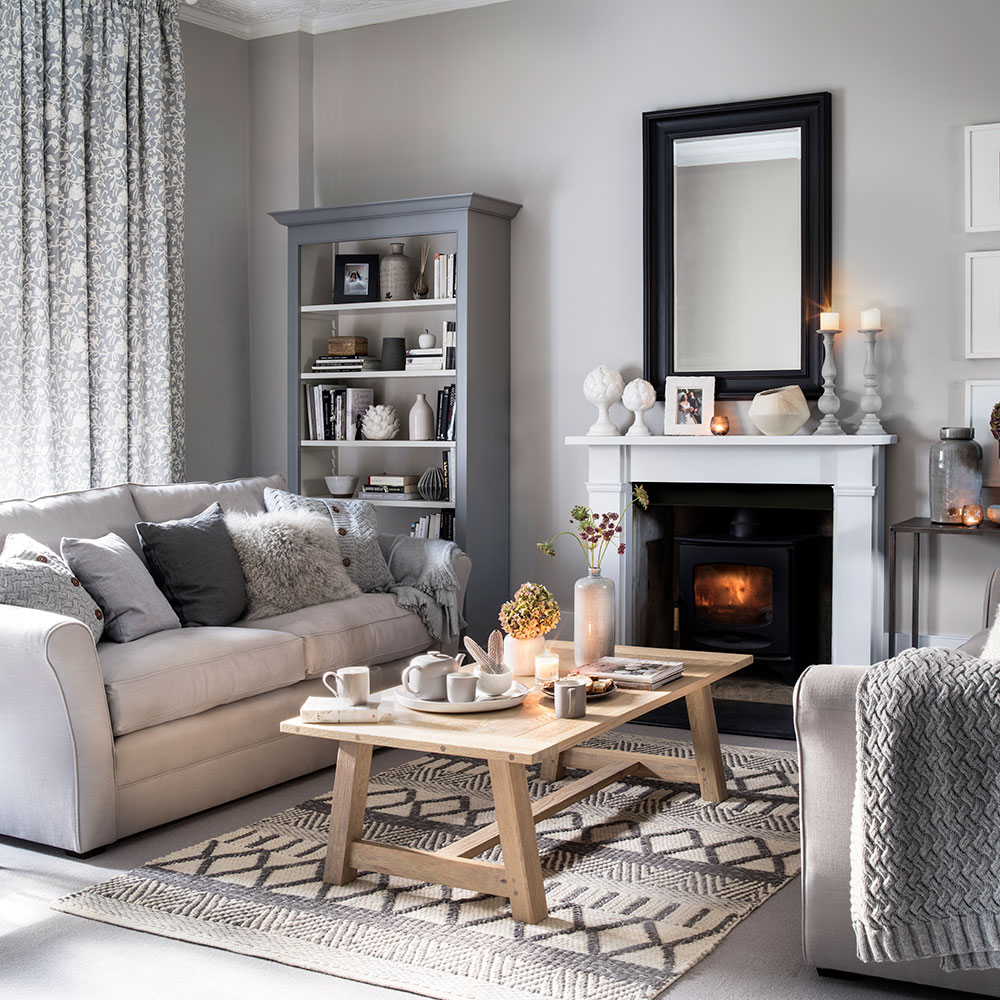
This one may seem a little too obvious, but that's also why it's easy to overlook. Leaving doors open is a fast way to let heat escape a room, and will mean you're more likely to turn the central heating up in the evening. Simply closing the doors will help with how to keep your house warm in winter. And of course, the same applies to windows too.
23. Invest in an electric blanket
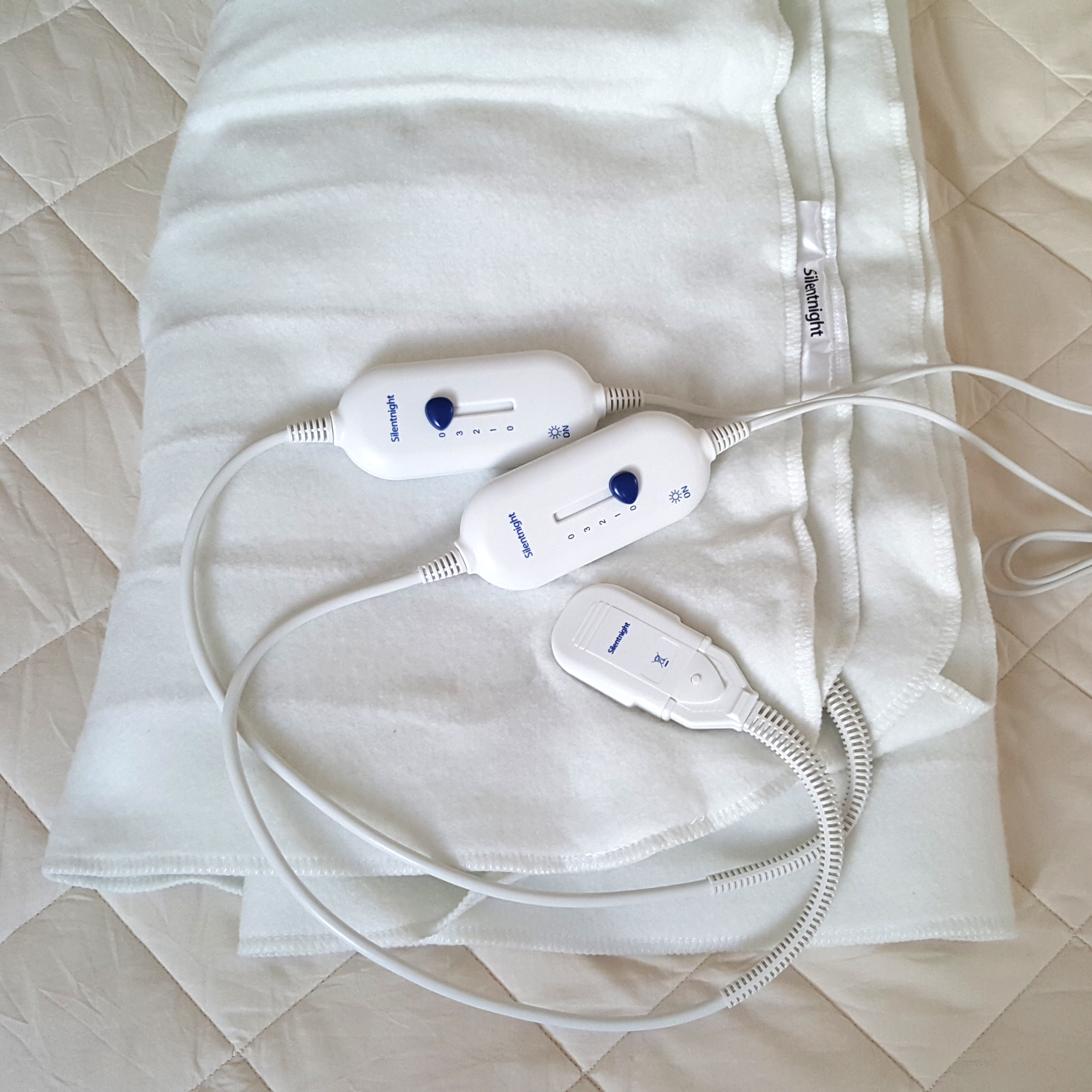
The best electric blankets are a sure way to stop you from feeling chilly on a cold winter evening. If your bed is where you want to feel most warm, opt for an under electric blanket, which sits atop of your mattress.
Alternatively, an over-electric blanket can be moved from your sofa to your duvet, keeping you toasty whenever you need it. If you're wondering how much it costs to run an electric blanket it depends on the type, but they are an affordable alternative to other heating options.

Rated the best overall electric blanket in our buying guide, the Dreamland Organic Cotton Warming Protector impressed our Sleep Editor. It has dual-controls so that each side of the bed can be warmed independently, as well as a wide range of temperature controls.
24. Cover the keyholes
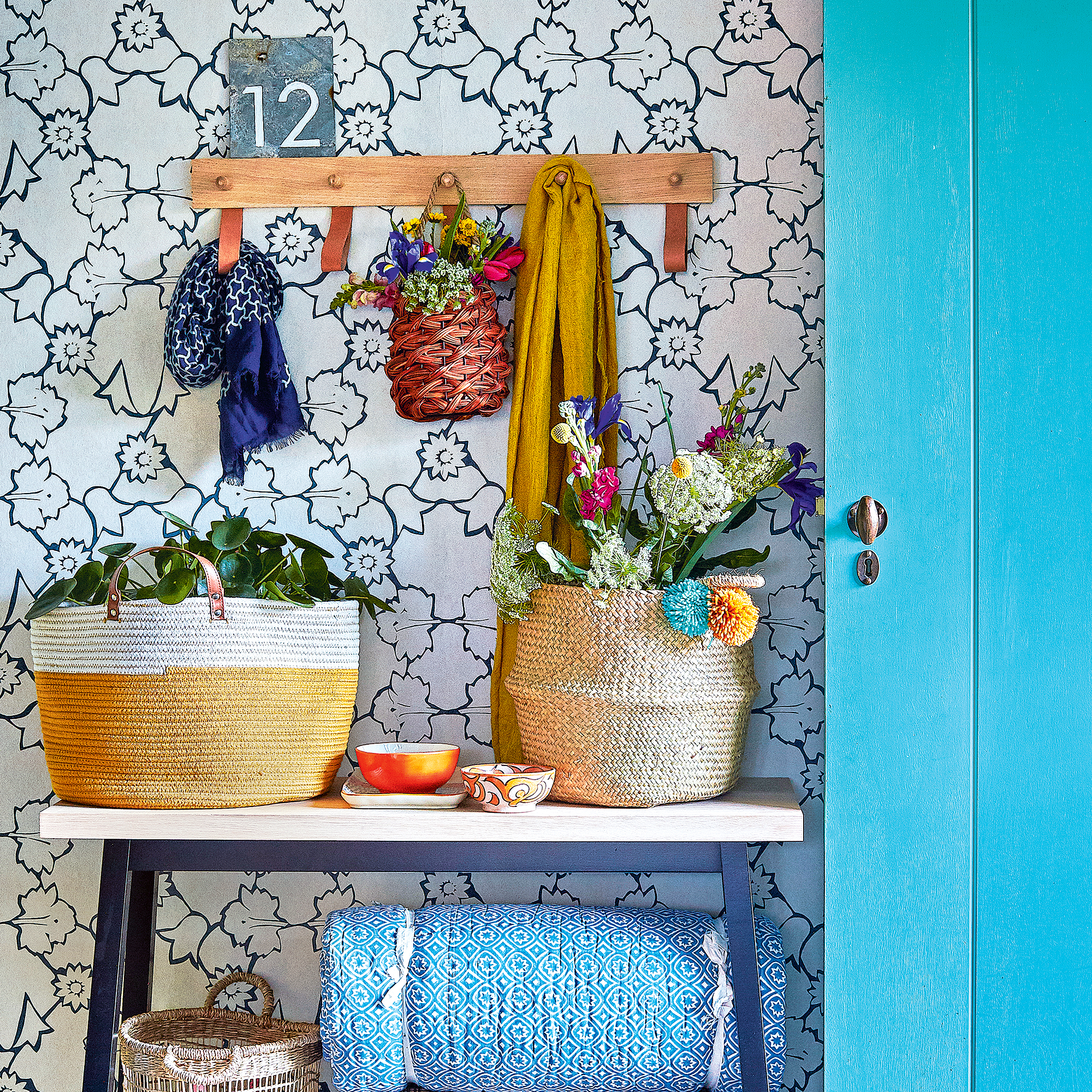
The keyhole may be small, but that doesn't mean it isn't contributing to the draught getting into your front room. You can fit a purpose-made cover that drops a metal disc over the keyhole to prevent any wind whistling through – simple but effective. These are available at most DIY shops and Amazon.
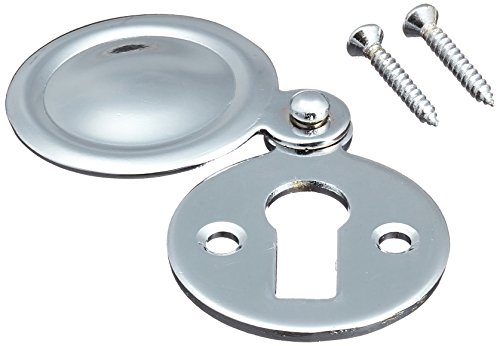
Keyholes might seem insignificant when it comes to improving your home's heat retention, but they essentially provide a gap between the inside and outside. Cover your front door's keyhole with a simple cover like this to help your house stay warm this winter (also available in brass).
25. Add extra layers
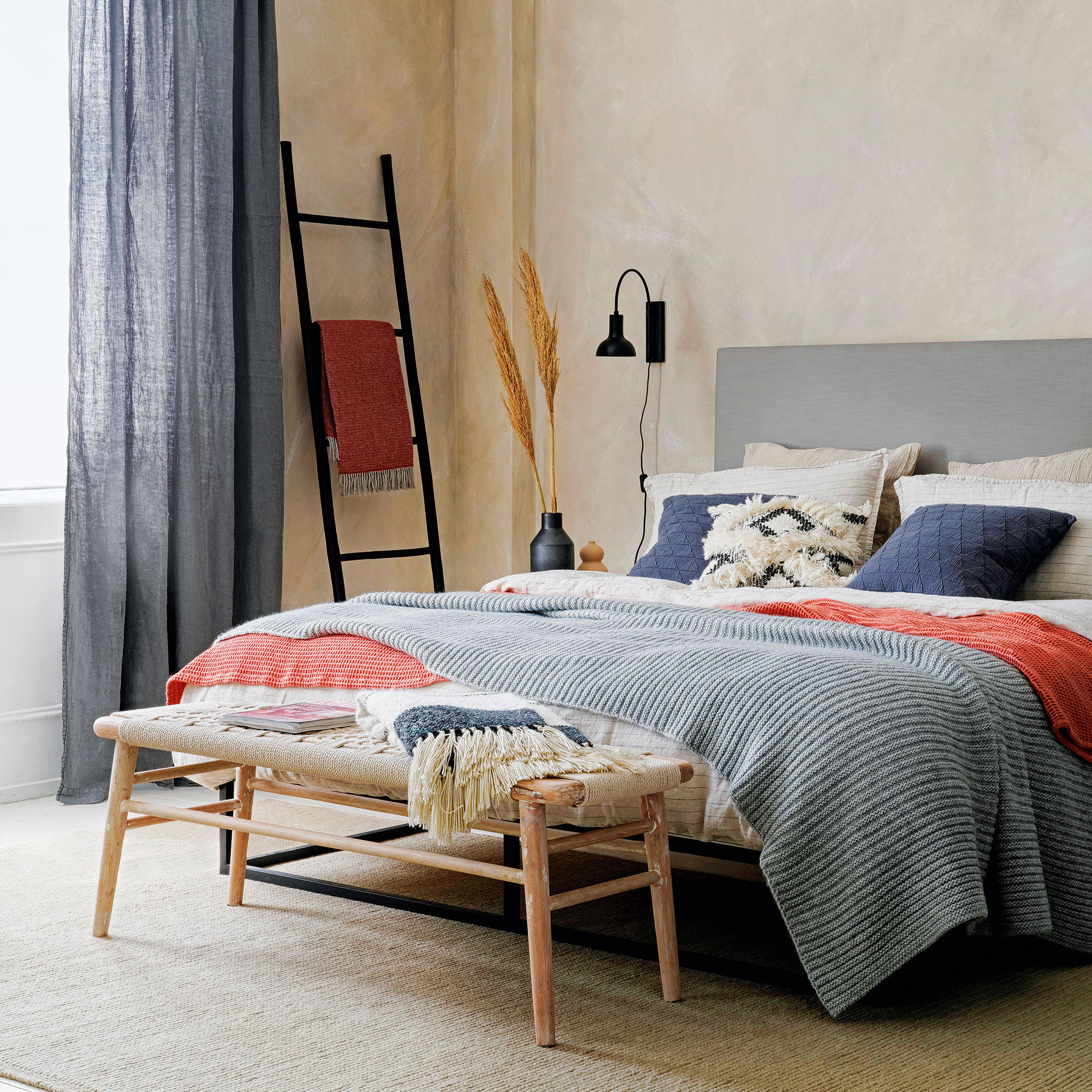
It goes without saying that the more layers your home has, the warmer it will be. Keeping extra soft furnishings to hand can make all the difference in how to keep your house warm in winter. Think best throws, bedspreads, and even weighted blankets, and you'll be able to stay warm on cold nights without totting up your energy bills.
26. Fit a floating shelf above radiators
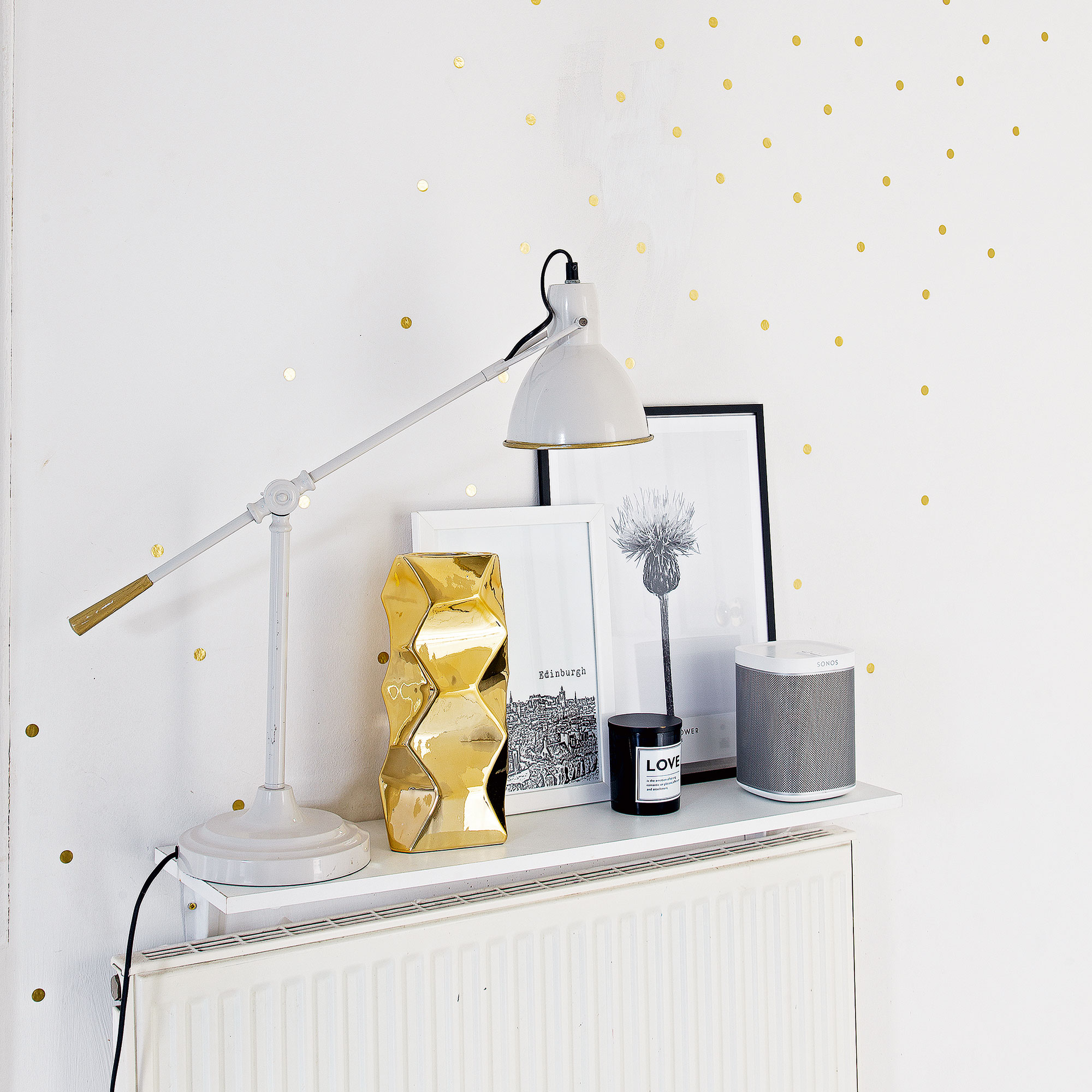
Control the flow of heat around a room using a floating shelf idea. Fitting a floating shelf above the radiator will help deflect heat around the room and stop it rising up to the ceiling where it will be wasted. Plus, the shelves come with the added bonus of extra storage or an opportunity to curate a picture shelf.
27. Add candles
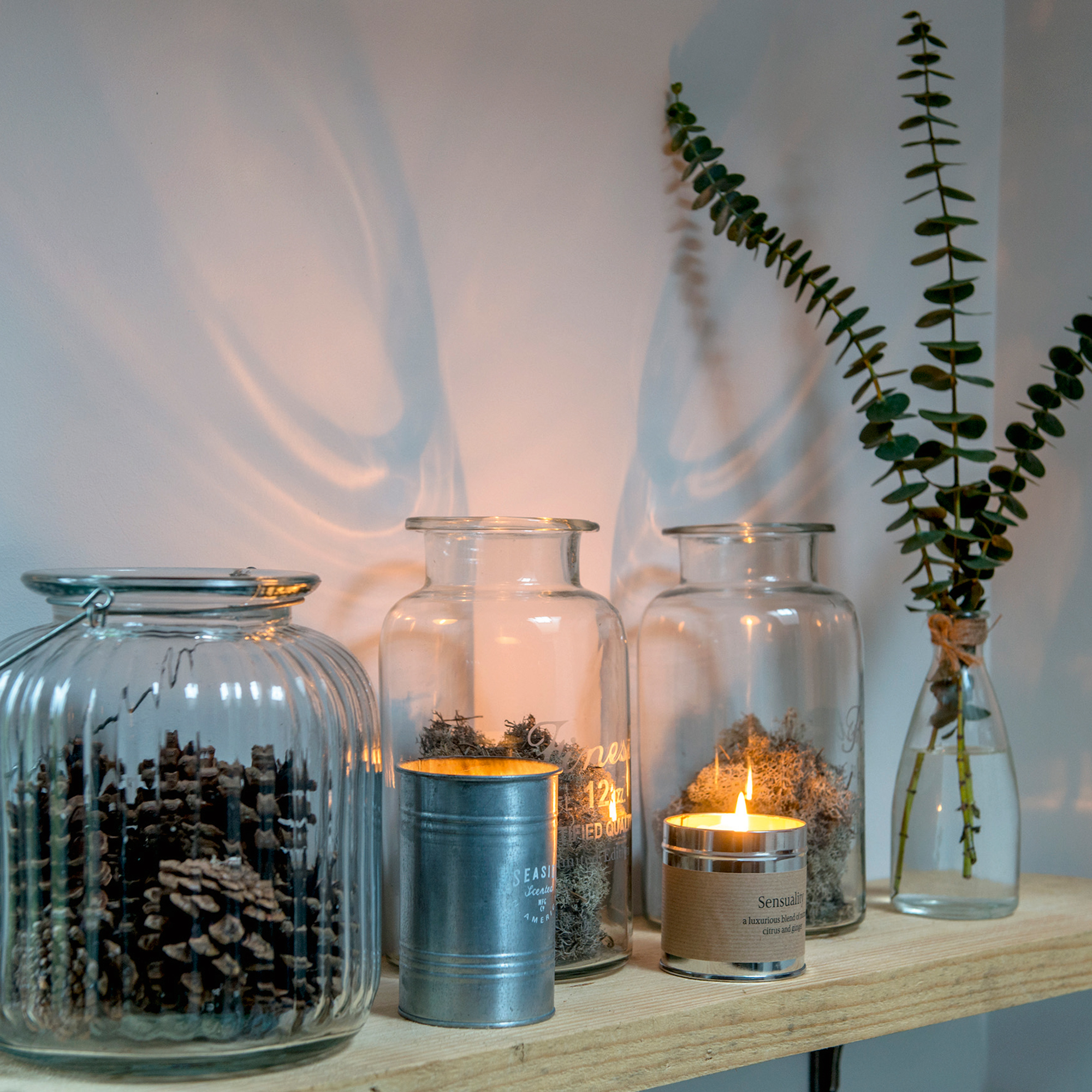
Candles instantly make a room feel cosier, and though they aren't powerful enough to heat a room alone, they certainly can make their surrounding areas a little warmer. You can style candles by grouping them together on your coffee table ideas or alongside your living room fireplace ideas, so that they give off extra heat when burning. You'll feel much cosier snuggling up on the sofa when some candles are lit nearby.
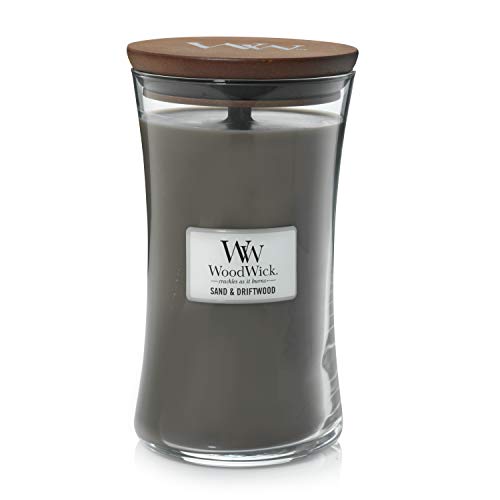
For upping your home's cosy factor, a crackling candle can make all the difference. We love WoodWick candles; they burn beautifully, and the larger sizes have up to 130 hours of burn time. The sand & driftwood scent is the perfect soft accompaniment to winter nights at home.
28. Invest in a chimney balloon

If you’re lucky enough to have a real fireplace, you will also have a chimney. And while it’s essential to maintain and clean your chimney, it’s also important to consider the fact that your chimney is a two-way opening between you and the cold temperatures outside.
This can be a serious problem if you don’t regularly use your fireplace, which is where a chimney balloon could help you.
John Cutts, from MeandMyGlass.co.uk, explains, ‘An unused chimney can benefit from a chimney balloon to help block the cold air flowing into the house. Inflate the balloon until it fits in position, and put your hand around the area to feel for any coldness.’
Thankfully, chimney balloons aren’t too expensive, and you can buy this Chimney Balloon Draught Excluder from Amazon for just £19 when it’s not on sale for less.
29. Use radiator reflectors
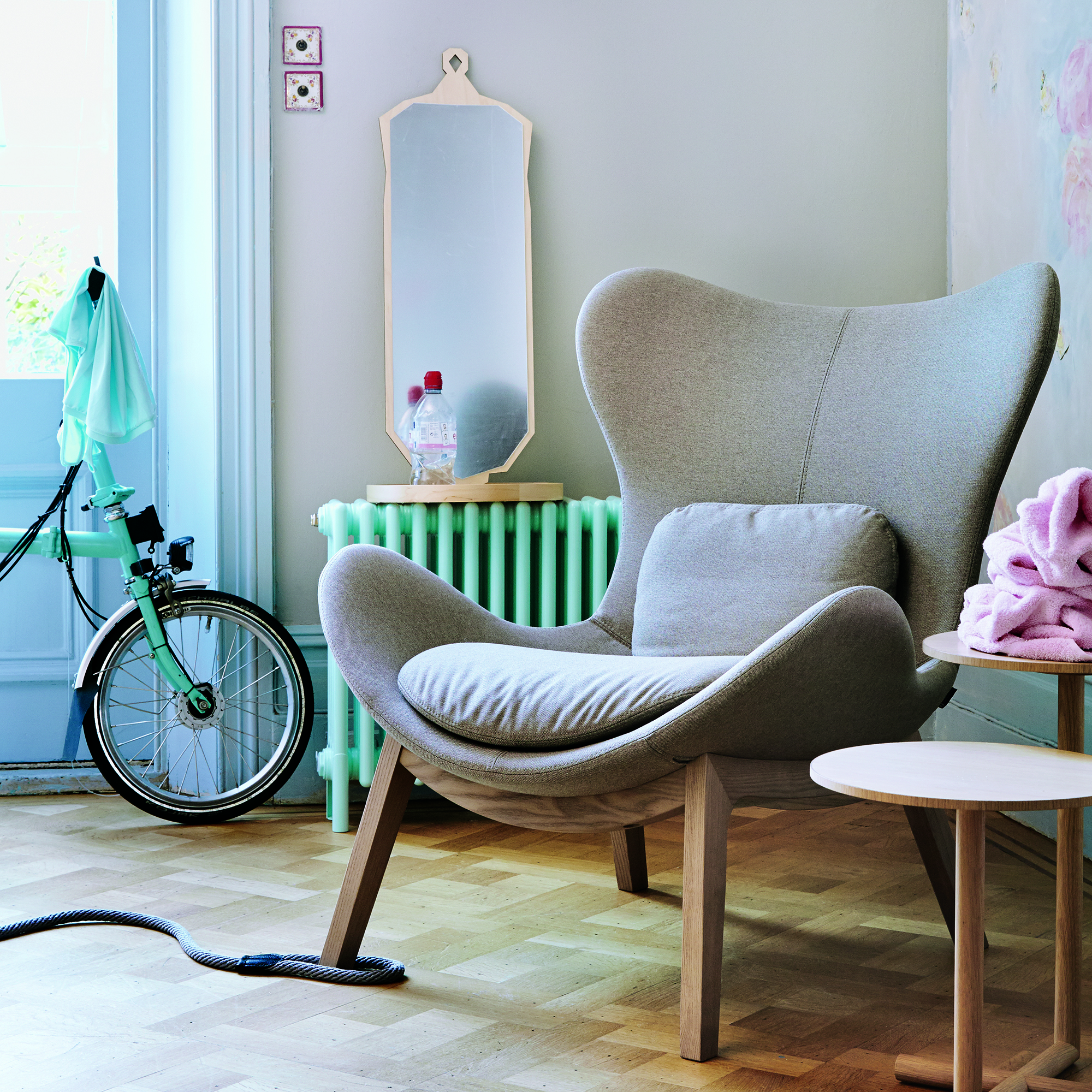
You may have seen the tin foil radiator hack that was going around a few years ago, which claimed to retain the heat in your home. In theory, this hack works a treat, but experts suggest that you should avoid using the kitchen essential to keep your house warm in the winter.
Instead, use radiator reflectors. James Bryant, DIY expert at Cut My, explains, ‘Unlike the hack that was circulating of putting tin foil behind your radiators, a product like this has the added benefit of being insulated, rather than simply reflective.’
‘When heat from the radiator encounters the reflective surface, it is bounced back into the room rather than being absorbed into the wall. The air pockets in the insulation further slows down the transfer of heat into the wall, meaning that even less warmth escapes than using tin foil alone. This means less heat needs to be generated to keep your home warm, so you use less energy - helping you save money and also reduce your carbon footprint.’
FAQs
How do you make a cold house warmer?
'From a ‘central heating’ point of view, there are a number of steps you can take to make a cold house warmer, the first being to lower your combi-boiler flow rate', explains heating expert Rebecca from Lacey Plumbing and Heating. 'Not to be confused with lowering the temperature on your thermostat, here we’re talking about the temperature your boiler heats up the water to before sending it to your radiators.'
Most gas boilers are set up to operate at what is called 80/60 flow and return temps, meaning the boiler heats up the water to 80°C, and the water returns to the boiler after traveling around all your radiators at 60°C, having given off 20°C to the rooms. A boiler with a 70/50 flow and return rate can heat your home equally as well, while spending less pennies.
After weighing up the pros and cons of gas vs electric boilers, to invest in the system that will best suit your home so that you can feel the benefits this winter. you might want to consider investing in good insulation for your home.
'It is also important to note that leaving your heating on low all day does not reduce your heating bills!' warns Jordan from PlumbNation. 'Having the heating on only as and when you need it, is the best way to save energy.'
Is 16 degrees cold for a house?
Realistically, 16 degrees is probably too cold for a house, especially over extended periods of time.
'While it might be alright for brief periods, or if you're planning on wrapping up warm with jumpers and blankets, 16 degrees is generally too cold for a house,' Nicholas from Trade Radiators confirms. '18 degrees is recommended by WHO, so anything below this is too cold.'
It's important to maintain the temperature recommended by WHO, as too cold a house can lead to health issues like joint paint - especially if your household has elderly, young or vulnerable residents.
'As well as negative health side effects of having a cold house, colder homes are more susceptible to damp, mould and condensation. In turn, these will also result in negative health side effects,' Nicholas warns.
Make sure your doors and windows are draught-proof to maintain a warmer temperature, and don't forget little areas like keyholes and gaps in the floorboards too.
How do you keep a cold house warm at night?
To keep your house warm throughout the night, good insulation is key. 'Insulation is a big one', says Rebecca from Lacey Plumbing and Heating. 'You can have the best boiler and most economical heating system in the world, but if your house isn’t properly insulated you’ll end up feeling the cold again, almost as soon as your heating goes off at night.'
Covering up any cracks, like around doors, windows, skirting boards, floorboards and keyholes, will make a big difference in the night and allow each room to retain its heat better, so you don't have to keep the heating switched on after going to bed.
'It’s also worth checking what loft and wall insulation you have in your property and looking into whether you qualify for the government funded cavity wall insulation scheme.' advises Rebecca.
'Proper insulation may involve more of an upfront cost, but this is a change that will pay off in the long run', explains Jo from St Modwen Homes. 'Installing proper insulation is one of the most cost-effective ways to reduce your energy consumption.'
So, follow this advice and keep your home toasty and warm this winter.

Amy Cutmore is an experienced interiors editor and writer, who has worked on titles including Ideal Home, Homes & Gardens, LivingEtc, Real Homes, GardeningEtc, Top Ten Reviews and Country Life. And she's a winner of the PPA's Digital Content Leader of the Year. A homes journalist for two decades, she has a strong background in technology and appliances, and has a small portfolio of rental properties, so can offer advice to renters and rentees, alike.
- Lauren BradburyContent Editor (House Manual)
- Katie SimsContributor
- Thea Babington-StittAssistant Editor
